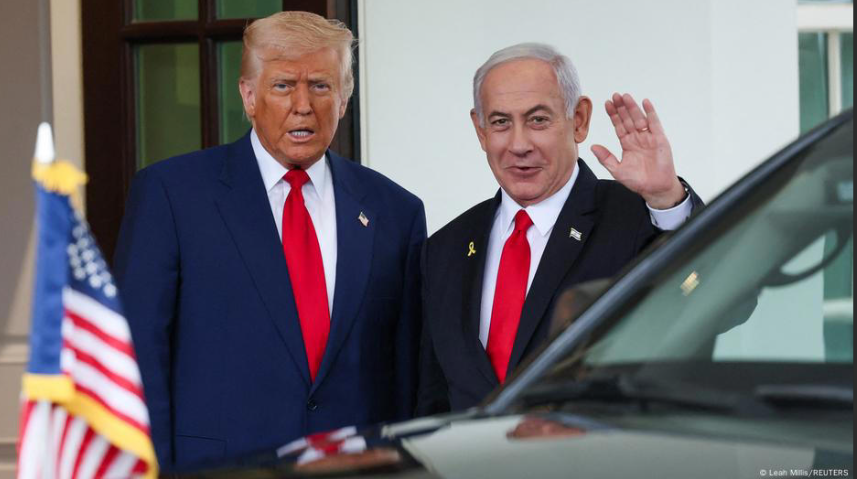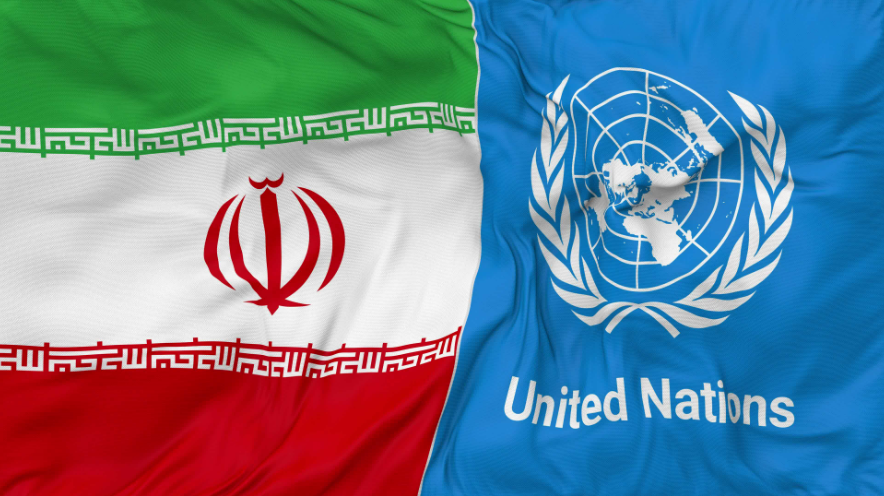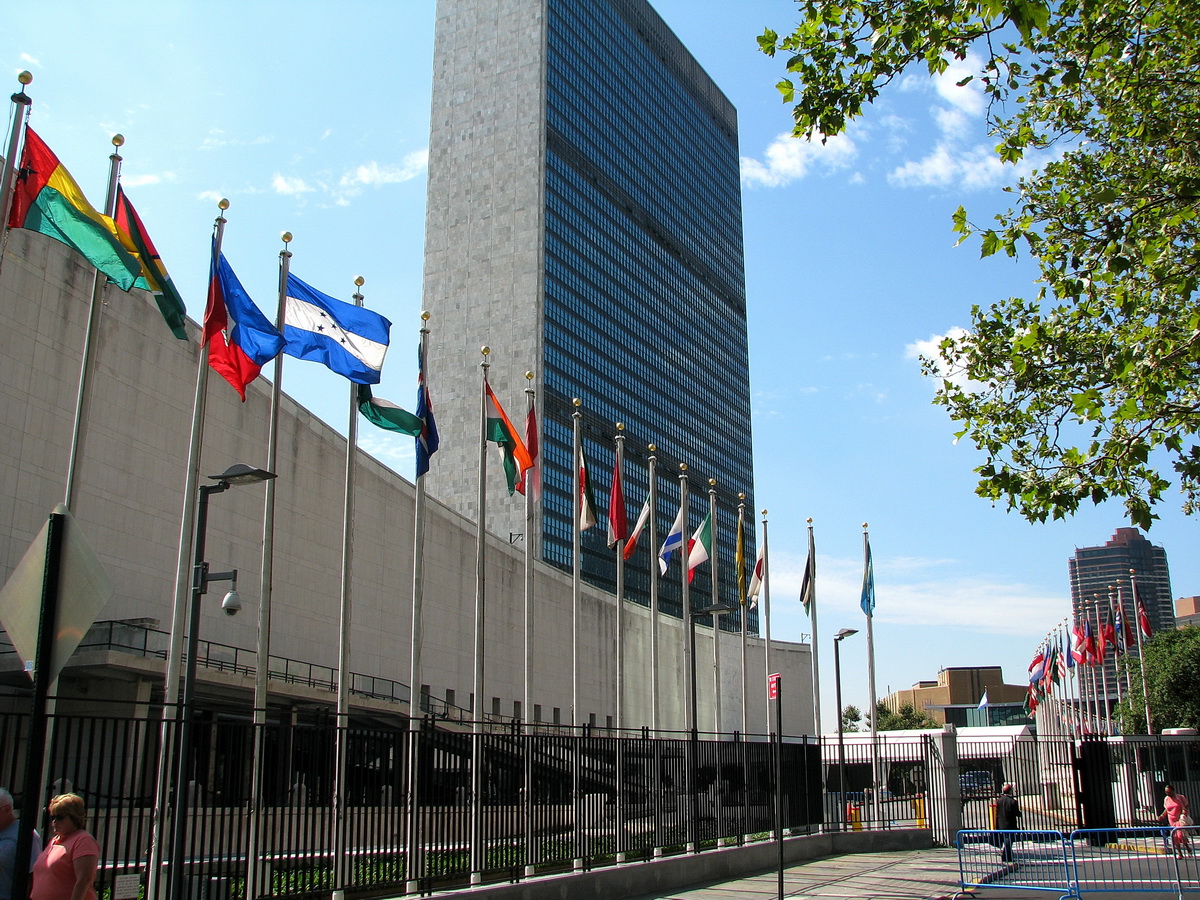By Dr. Cynthia Day Wallace, Senior Fellow, thinc.
It is widely believed that the State of Israel was born as a result of United Nations Resolution 181 of 1947 (the UN Partition Plan). The truth is that the legal rights of the Jewish people and Israel as a nation find their foundations solidly embedded in international law well before the very existence of the United Nations, dating back to international legal instruments agreed by the Principal Allied Powers of World War I, meeting at Villa Devachan in San Remo, Italy, from 18 to 26 April 1920, as a follow-up to the 1919 Paris Peace Conference.
The moment “the Jewish national home” became legal in character
It was at this place and time that the historical claim to a “Jewish national home”, as set out in the Declaration of Lord Balfour, became “essentially legal in character.” The transformation of a British political document into an international legal instrument was given impetus through its incorporation into the submission of the World Zionist Council to the Paris Peace talks. The issues regarding the break-up of the Ottoman Empire being too complex to resolve at the Peace Conference itself, an extension of the peace talks was arranged at San Remo for the Supreme Council of the Principal Allied Powers (Britain, France, Italy and Japan, with the newly non-interventionist United States as observer). One of the primary aims of the four members of the Supreme Council—who had the power of disposition over the territories that made up the defeated Turkish Ottoman Empire—was to consider the submissions of the claimants at Paris and to deliberate and make decisions on the legal recognition of each claim.
San Remo Resolution and the Mandate for Palestine
This conference resulted in the codification of the Balfour Declaration in two binding international legal instruments, the San Remo Resolution of 24 April 1920 and the Mandate for Palestine, as unanimously adopted on 24 July 1922 by the Council of the League of Nations, whose 51 Member States represented the international community of nations at the time. The Mandate actually went beyond the Balfour Declaration of 1917 by adding the concept of reconstitution of the Jewish national home.
The Mandate system had been set up under Article 22 of the Covenant of the newly formed League of Nations that had arisen out of the Paris peace process to deal with such post-war emerging territories. At San Remo, the Mandate for Palestine was entrusted to Great Britain as a “sacred trust of civilization”, and the language of the Balfour Declaration was enshrined in both the San Remo Resolution and the League Mandate, which stand on their own as valid international legal instruments with the full force of treaty law.
The League of Nations proved largely ineffective, and with its dissolution in 1946, the provisions of all League Mandates were explicitly protected under Article 80 of the Charter of the newly formed United Nations. Accordingly, the UN General Assembly in 1947 passed Resolution 181, recommending the termination of the British Mandate and its replacement by a Jewish and an Arab State. The Resolution, inter alia, would have made Jerusalem a corpus separatum under a UN-administered “special international regime”.
Nonetheless, as Resolution 181 represented the first official proposal of a Jewish State, the Zionists accepted the Resolution. The Arabs did not, desiring rather the whole of the territory and responding almost immediately with an armed attack against the Jewish population, thus rendering the Partition Resolution a ‘dead letter’. Actually, the separation of Jerusalem from the proposed Jewish state would have been a breach of the Mandate and therefore of international law. Under the final Mandate instrument, all but only the territory called “Palestine” west of the Jordan River was designated for the Jewish national home. This was reconfirmed by Churchill immediately following the British Colonial Office’s Middle East Conference in Cairo in 1921, where the unilateral decision was made to “partition Palestine” at the Jordan River, despite the Zionist claim at Paris, which clearly and unambiguously included that part of Eretz Yisrael on the east bank of the Jordan, historically inhabited by ancient Israeli tribes, as generally understood at San Remo.
David Ben-Gurion declares the state of Israel
Following the failure of Resolution 181, Britain announced to the United Nations that it would be terminating its role as Mandatory Power, and accordingly, on 14 May 1948, evacuated the territory. The same day, David Ben-Gurion declared the State of Israel, to take effect at midnight.
The following day, the armies of five surrounding Arab nations attacked the new Jewish State (the “Arab-Israeli War”). The Arabs met defeat, though Jordan illegally occupied and afterward annexed Judea and Samaria, renaming them the “West Bank” (including the eastern part of Jerusalem, the historic “Old City”), to convey the sense of contiguity with Jordan’s east bank. The annexation was never recognized by any government other than that of Great Britain, Iraq and Pakistan—not even by the Arab League itself. Nonetheless, it was nearly twenty years before Israel gained full control over her legally mandated territory, in a war of self-defense (the 1967 “Six-Day War”), again involving her surrounding Arab neighbours.Israel once again prevailed, with a swift and decisive victory, at last enabling her to exercise full sovereignty over those parts of the Jewish national home that had been captured in 1948/1949 in an illegal war of aggression.
To sum up: the primary foundations in international law for the “legal” claim based on “historic rights” or “historic title” of the Jewish people in respect of Palestine remain the Covenant of the League of Nations of 28 April 1919 (Art. 22), the San Remo Resolution of 24 April 1920, andthe Mandate for Palestine of 24 July 1922. And despite the fulfillment in May1948 of one of the Mandate’s fundamental objectives, namely, the “reconstituting” of the Jewish national home, ultimately as a “self-governing” political entity—i.e., a sovereign state—the Mandate’s relevant provisions remain valid and legally binding to this day.
~~~~~~
First published by UK Lawyers for Israel, 25 April 2020, on the occasion of the San Remo Centenary.



